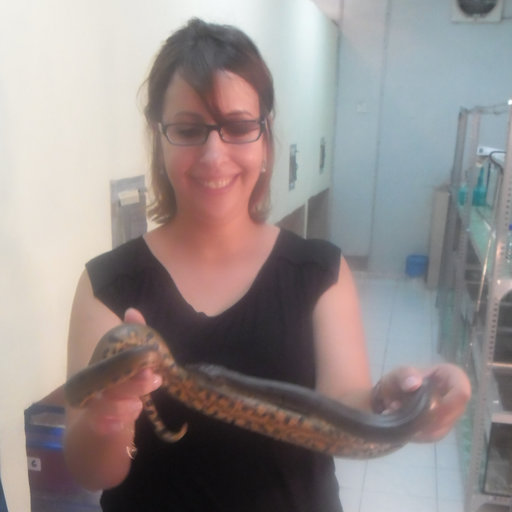Scientific Program

Oukkache N
Laboratory of Venoms and Toxins, Pasteur Institute of Morocco, Place Louis Pasteur, Casablanca 20360, Morocco. "
Biography:
Oukkache N is presently associated with Institut Pasteur du Maroc, Morocco. His research areas focuses on the biochemical, immunological and pharmacological study of venoms of most most dangerous snakes by using most modern tools such as mass spectrometry, Assessment of preclinical efficacy of antivenoms produced in rabbit by immunological methods and neutralization assays.
Abstract
AIMS:
Scorpion venoms contain complex mixtures of molecules, including peptides. These peptides specifically bind to various targets, in particular ion channels. Toxins modulating Na(+), K(+), Ca(2+) and Cl(-) currents were described from venoms. The Androctonus and Buthus geni of scorpions are widely distributed in Morocco. Their stings can cause pain, inflammation, necrosis, muscle paralysis and death. The myotoxicity is predominantly associated with neurotoxic effects and is a cause of mortality and morbidity. In this study, pharmacological effects of venoms were investigated in vitro on neuromuscular transmission.
MAIN METHODS:
Effects of Androctonus mauretanicus (Am) and Buthus occitanus (Bo) venoms were investigated using the chick biventer cervicis nerve-muscle preparations. The protective activity of antivenom was also investigated. The antivenom was made from serum of horse that was hyperimmunized with Bo and Androctonus australis hector (Aah) venoms and one venom from Middle East species (Lq). The protective activity of the antivenom was assessed on the neuromuscular system by using stimulated chick nerve-muscle. The results were compared with lethal activity neutralization in mice. Am and Bo venoms contain myotoxins and postsynaptic neurotoxins. In agreement with lethal potencies of these venoms in mice, Am venom displays greater neurotoxicity and myotoxicity. The antivenom prevented lethality caused by Am, Bo and Aah venoms. The antivenom did not prevent toxic effects caused by Am venom whereas it neutralized Bo venom.
- Toxicity Testing
- Pharmacology
- Drug-Drug Interactions and Medicinal Toxicology
- Environmental and Eco Toxicology
- Drug Toxicology
- Toxicology Current Advances
- Applied Toxicology
- Immunotoxicology
- Food Toxicology
- Genotoxicity
- Industrial and Occupational Toxicology
- Medical and Clinical Toxicology

